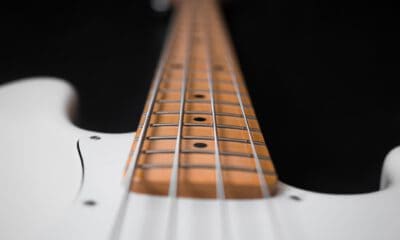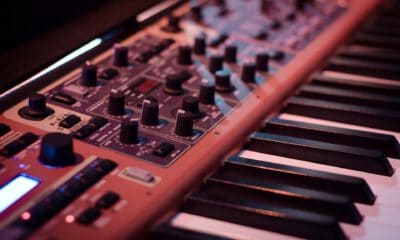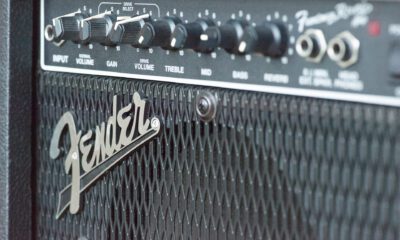Music Production
What Is a Metronome And How Do I Use It? Let’s find out
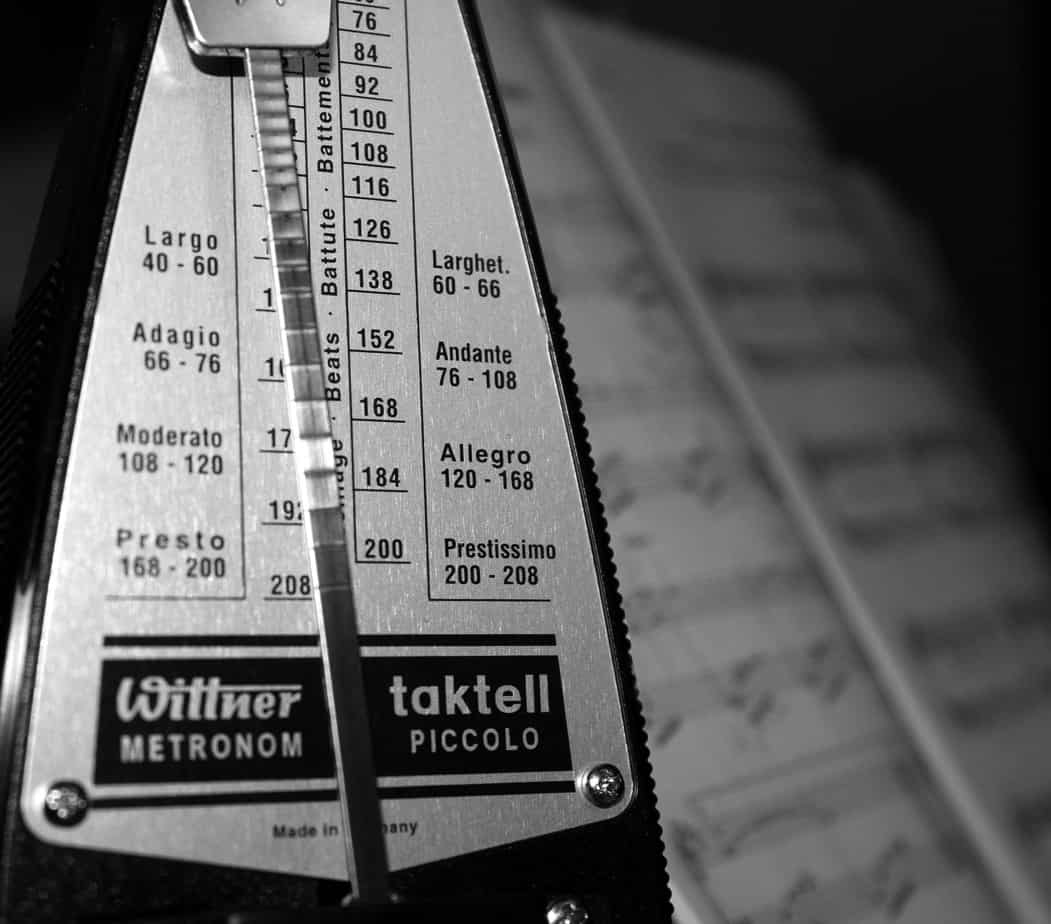
If you’ve played an instrument, for example in bands, small ensembles, or in an orchestra, you’ve probably already played with a metronome.
Almost every professional musician practices (sometimes for hours a day) with metronomes. Therefore, the question arises:
What is a metronome?
A metronome produces beat tones at regular intervals, usually expressed in “BPM” (beats-per-minute). A metronome helps keep a tempo steady and prevents you from speeding up or slowing down when playing an instrument.
Of course, that’s just the short answer. If you want to know when to use a metronome, how to set it up, and, why you should use a metronome, you’ve come to the right place.
Before we start, we need to know some basic facts:
What is Tempo in music?
The tempo of a piece or song indicates how fast a piece is played. The tempo is usually given in beats-per-minute.
(You can enter this “BPM number” in your metronome).
Now the question is: What are the different tempos in music?
In (classical) music, there are many different tempo ranges, the most common being:
- Largo: 40 – 60 BPM
- Larghetto: 60 – 66 BPM
- Adagio: 66 – 76 BPM
- Andante: 76 – 108 BPM
- Moderato: 108 – 120 BPM
- Allegro: 120 – 168 BPM
- Presto: 168 – 200 BPM
- Prestissimo: 200 – 208 BPM
Now let’s take a look at the different tempos:
Allegro: Frédéric Chopin – Fantasie Impromptu C-Sharp Minor (Op. 66)
This piece by Chopin is a very fast piece (Presto, rather than Allegro). Here you can see a recording of mine:
Moderato: W.A. Mozart – Symphony No. 29 in A Major, K. 201
This first movement of the 29th Mozart Symphony is written at a more moderate tempo:
Adagio: Beethoven Sonata No. 14 „Moonlight“, Op. 27 No. 2: 1. Movement
The first movement of this (probably most famous) Beethoven Sonata is very slow:
What does BPM mean?
As you can see, the different tempos are in most cases given in BPM.
BPM tells how many beats per minute occur in a song or piece: If there is one beat per second, the piece is 60 BPM fast (because there are 60 seconds in a minute).
Tip: If you want to learn more about the meaning of “BPM”, you can use this online metronome. Click on this link.
For example, try what happens when you enter 60 BPM, then 90, then 120 and so on.
After a few minutes you will get a good feel for the tempo.
What is a metronome (and what can I use it for)?
A metronome produces beating sounds (for example, a click) at regular intervals. You can set your metronome to how many times you want it to beat within a minute.
For example, if you play a piece in Allegro, you can set your metronome to click 100 times per minute.
If you play a piece in Adagio, you can set that. Your metronome clicks only 60 times per minute, for example.
Then you can play your instrument and follow the beats of the metronome. This way you’ll always be in time and play at a steady tempo.
Why should I use a metronome?
Almost all professional musicians use metronomes to practice.
The reason is that we humans can’t manage to keep a beat 100% of the time. A little variation in tempo is perfectly normal.
For practicing, a metronome is brilliant for this reason. If you can play a piece or a song with a metronome in the right tempo, you know at the same time that you can do all the parts in tempo as well.
What are the different types of metronomes?
The metronome was invented and patented by Johann Mälzel in 1815.
The surprising thing: Exactly this construction of a metronome is still very widely used today.
Let’s take a direct look at the construction of the metronome now:
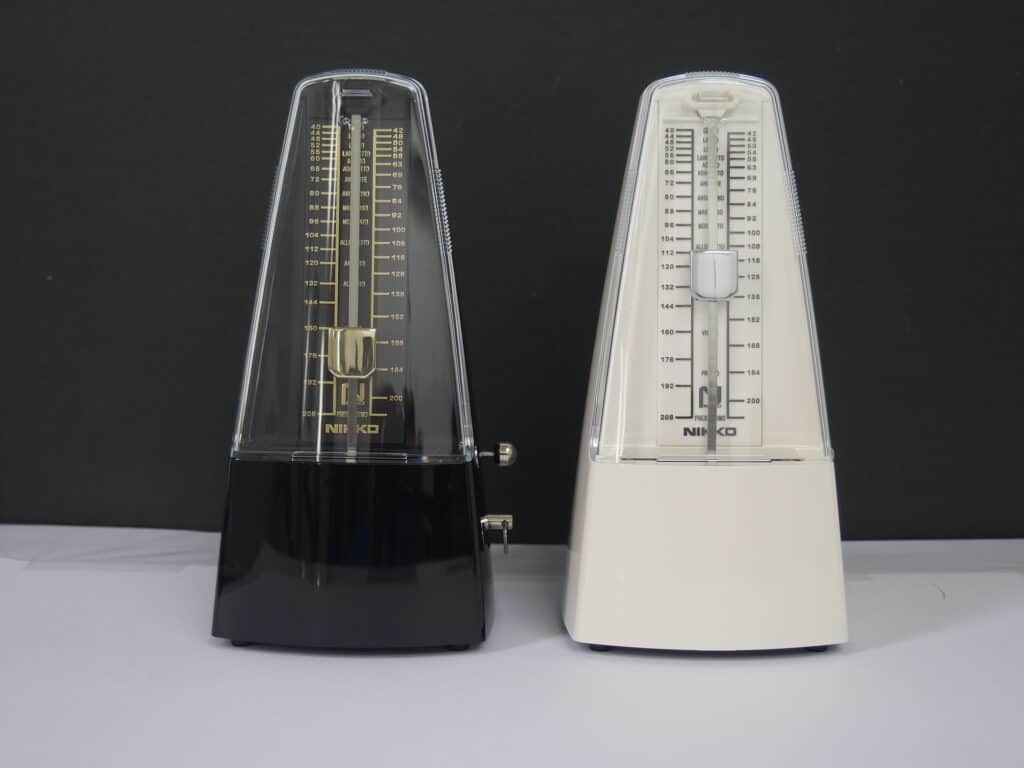
The mechanical metronome
A mechanical metronome consists of a pendulum, to which a weight is attached, and a manual winding mechanism.
First you have to wind up the metronome. For this purpose, there is usually a small winding crown on the side of the metronome.
Next, you can adjust the weight. The higher the weight is attached to the pendulum, the slower it beats. (This is because the weight has to travel a longer distance between the two sides).
The closer the weight is attached to the ground, the faster the metronome beats. (Because the distance between the two beats becomes shorter).
Now you can also get your mechanical metronome to start beating by moving the pendulum in one direction (either left or right).
Check out Amazon now if you’re looking for a suitable analog metronome for you.
To understand the process, you can watch this YouTube video:
The Electronic Metronome
You can think of an electronic metronome as a wristwatch with a quartz movement.
You don’t have to wind the electronic metronome, because it is simply powered by electricity (usually batteries). The quartz crystal is there to keep your metronome running as accurately as possible.
(This is also the same as a watch with quartz movement, as these also run much more accurately than watches with mechanical movements).
You can operate the vast majority of electronic metronomes using buttons. For example, there are often buttons that allow you to set the tempo.
In addition, you can usually set the tempo on electronic metronomes via “tapping” as well:
Example: For example, if you press the button 2 times at an interval of half a second, your metronome will automatically set the speed to 120 BPM.
The default tempo of electronic metronomes is usually set to 120 BPM.
In this video you can see how an electronic metronome works:
The digital metronome
In addition to electronic metronomes, there is also (free) software. For example, you can check the App Store or Play Store for metronome apps.
(If you use an iPhone or iPad, you can easily use GarageBand).
How to get the most out of your metronome
Practice slowly with your metronome:
Anyone can play fast (with a little practice). The trick is to play slowly. And that’s where a metronome helps you.
Especially when you practice (for example guitar or piano), you should always divide fast pieces or songs into small sections and then practice them slowly.
Here, a metronome is a great help for you. But why is that?
Your metronome helps you to be in time. If you practice parts of your piece slowly, you will inevitably vary the tempo without a metronome.
The result: you play the parts you already know faster, and the rest slower.
The metronome “forces” you to play the passages at the same tempo. This way you can massively increase the learning effect.
Method: How to practice with your metronome
1: Set your metronome to about 1/2 of the original tempo.
2: Practice the passage until you can play it at least 5 times in a row without mistakes.
3: Increase the tempo by about 10% and practice again until you have played the passage at least 5 times in a row without mistakes.
4: Repeat 1-3 until you have reached the original tempo.
I can tell you from practice that you can do much more in less time if you use this technique.
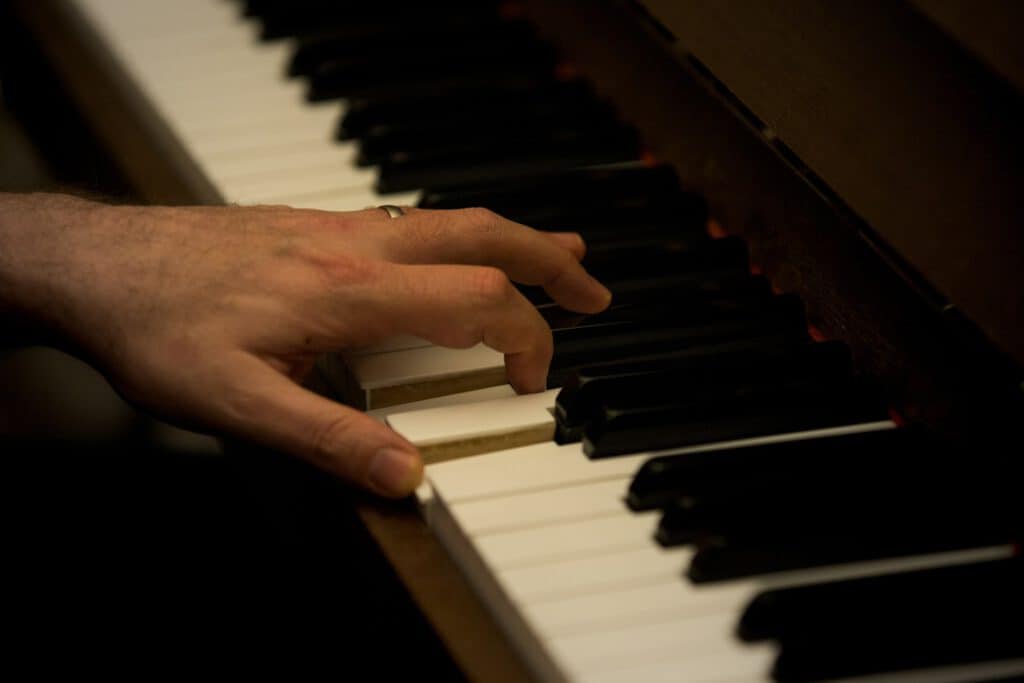
Metronomes at live concerts
You may have noticed that many musicians wear in-ear headphones at live concerts.
There are 2 reasons for this: On the one hand, it’s important for them to hear themselves and, for example, the other band members.
On the other hand, however, they also often have a metronome in their ears. Especially when you perform in front of many people, you often have the tendency to get faster and faster.
That’s why it’s also advisable to have a metronome in your headphones during big live performances, so you don’t get out of time.
Summary and Conclusion
That’s all you need to know about metronomes.
As you can see, metronomes are an interesting and valuable tool for you to practice and improve as a musician.
And a final piece of advice for you: Even if it’s sometimes a bit boring to practice with a metronome, give it a chance.
I didn’t really take it seriously myself for a long time, and in fact never practiced with metronomes. In hindsight, I probably could have saved myself at least half of my practicing time if I had practiced with a metronome from the beginning.
And we’re talking hundreds of hours.
So my tip for you: Start practicing with metronomes as soon as possible. It costs you more time not to do it!

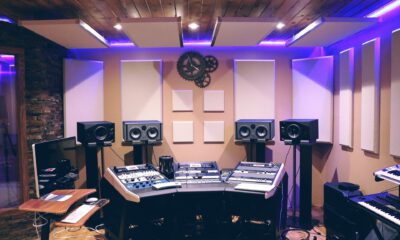
 Home Recording2 years ago
Home Recording2 years agoCan You Use Normal Speakers As Studio Monitors? The Simple Answer

 Photography2 years ago
Photography2 years agoIs A Leica Worth It? (What you should know)
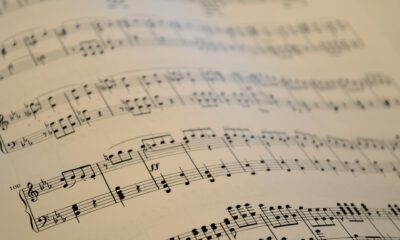
 Music Production2 years ago
Music Production2 years agoCan Piano Sheet Music Be Used For Other Instruments?

 Music Production2 years ago
Music Production2 years agoAre My Piano Keys Made Of Ivory? (How To Recognize It)







